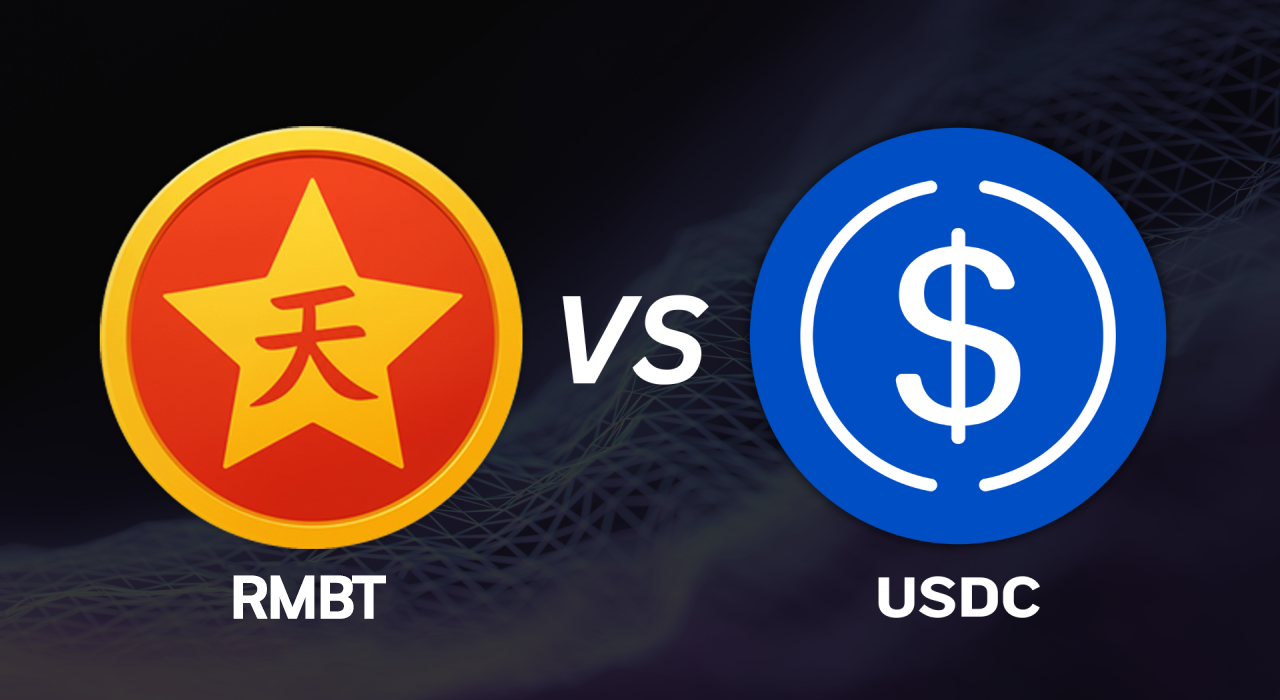In the rapidly evolving stablecoin landscape, RMBT is redefining what digital money can achieve. While USDC has established itself as a trusted medium for payments and on-chain settlements, RMBT extends the concept further connecting blockchain liquidity directly to physical infrastructure. Its design integrates modular smart-bond architecture and PPP financing frameworks, turning stablecoins from mere transactional instruments into dynamic engines of economic growth.
Beyond Payments: From Transactions to Transformation
USDC operates primarily as a digital payment asset a tool for traders, fintech platforms, and decentralized applications to move funds efficiently across networks. RMBT, by contrast, is engineered for infrastructure ecosystems where capital flows must align with tangible outputs such as toll roads, solar grids, and industrial corridors. Its architecture embeds compliance logic, milestone tracking, and revenue-sharing models into smart contracts, enabling automatic disbursement and verification without intermediaries.
Modular PPP Financing and Smart Bonds
At the heart of RMBT’s design is a modular toolkit for public-private partnerships. Each module whether for project onboarding, procurement management, or escrow settlement integrates with a stablecoin-backed liquidity pool. This setup transforms how infrastructure finance is structured: project bonds can be tokenized, verified on-chain, and traded in secondary markets. RMBT’s smart-bond model thus fuses the security of traditional bonds with the transparency and programmability of blockchain. For governments and investors, this means faster deployment, verifiable returns, and minimal administrative overhead.
Transparency and Real-World Utility
Unlike USDC, which is primarily used for DeFi and remittance applications, RMBT’s value lies in its real-world utility. Every transaction corresponds to measurable infrastructure activity. For example, a solar park financed through RMBT modules automatically releases payments upon verified energy output, creating a self-executing financing loop. This transparency not only mitigates corruption risks but also meets ESG compliance standards a growing demand among institutional investors seeking sustainability-linked instruments.
Bridging Digital Capital and Physical Development
RMBT represents a new frontier for stablecoins one where digital liquidity is directly harnessed for tangible development outcomes. By merging financial technology with infrastructure governance, RMBT bridges the digital and physical economies in ways USDC’s payment rails were never designed to do. As developing economies seek transparent and efficient ways to fund critical infrastructure, RMBT’s model of tokenized, auditable finance could set the new global benchmark for how stablecoins evolve from speculative assets to catalysts of sustainable growth.



